Water Jet Breakup Using VOF-to-DPM Transition
$160.00 $80.00 Student Discount
- The problem numerically simulates the Water Jet Breakup using ANSYS Fluent software.
- The3-D geometry is designed in Design Modeler software.
- We used ANSYS Meshing to generate mesh; the element number equals 3,157,674.
- The Adaptive mesh refinement is the mesh method for this problem.
- The liquid bulk in the domain is simulated using VOF model.
- Also, the droplets are modeled via DPM model.
To Order Your Project or benefit from a CFD consultation, contact our experts via email (info@mr-cfd.com), online support tab, or WhatsApp at +44 7443 197273.
There are some Free Products to check our service quality.
If you want the training video in another language instead of English, ask it via info@mr-cfd.com after you buy the product.
Description
Water Jet Breakup Using VOF-to-DPM Transition in ANSYS Fluent
Introduction
This report presents a Computational Fluid Dynamics (CFD) analysis of water jet breakup using the Volume of Fluid (VOF) to Discrete Phase Model (DPM) transition method in ANSYS Fluent. The study investigates the complex multiphase flow behavior and particle tracking in jet breakup processes.
The geometry was designed using ANSYS Design Modeler, consisting of a rectangular enclosure with water injection on the left side and air flow on the right side. The meshing process, carried out using ANSYS Meshing, resulted in a high-quality structured mesh comprising 3,157,674 elements. Adaptive mesh refinement was employed to ensure high resolution in critical areas, particularly at the water-air interface.
Methodology
Pressure-based, transient solver with a time step of 4e-6 seconds for 10,000 steps
VOF model with Implicit Body Force for multiphase modeling
SST K-Omega turbulence model with SBES Hybrid Model and WALE Subgrid-Scale Model
DPM with two-way coupling and unsteady particle tracking
VOF-to-DPM refinement method and PISO scheme for pressure-velocity coupling
Results
The simulation provided insights into the water jet breakup process:
Particle track visualization shows residence times ranging from 0 to 1.37e-02 seconds, indicating droplet dispersion and lifetime.
The geometry visualization illustrates the interaction between the water jet and airflow.
Adaptive mesh refinement ensures high resolution at the water-air interface.
Volume fraction contours reveal the water distribution within the domain.
Key observations include the successful capture of the transition from continuous water jet to discrete droplets, the effectiveness of adaptive mesh refinement, and the complex dynamics of droplet dispersion and lifetime within the domain.
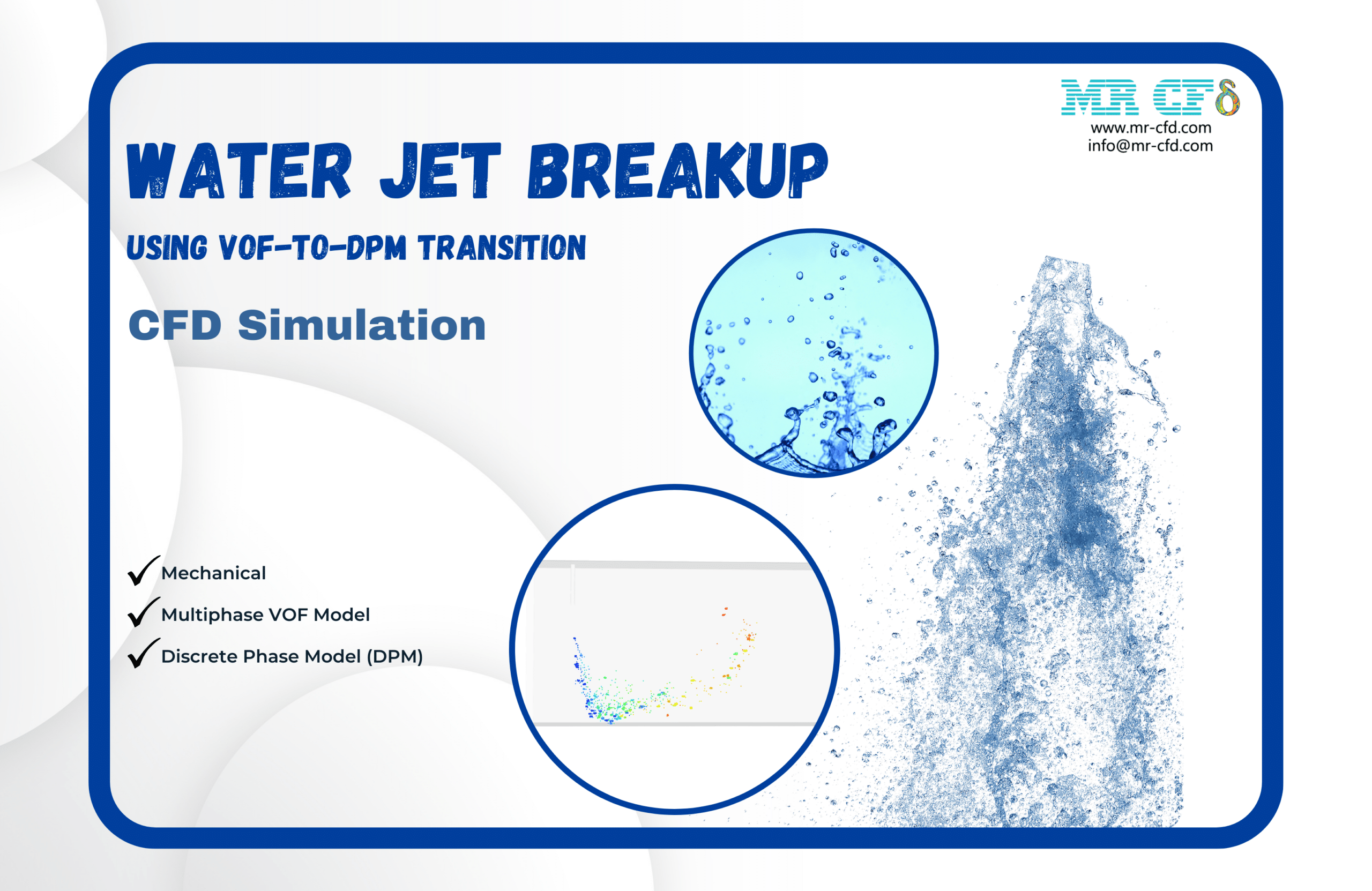
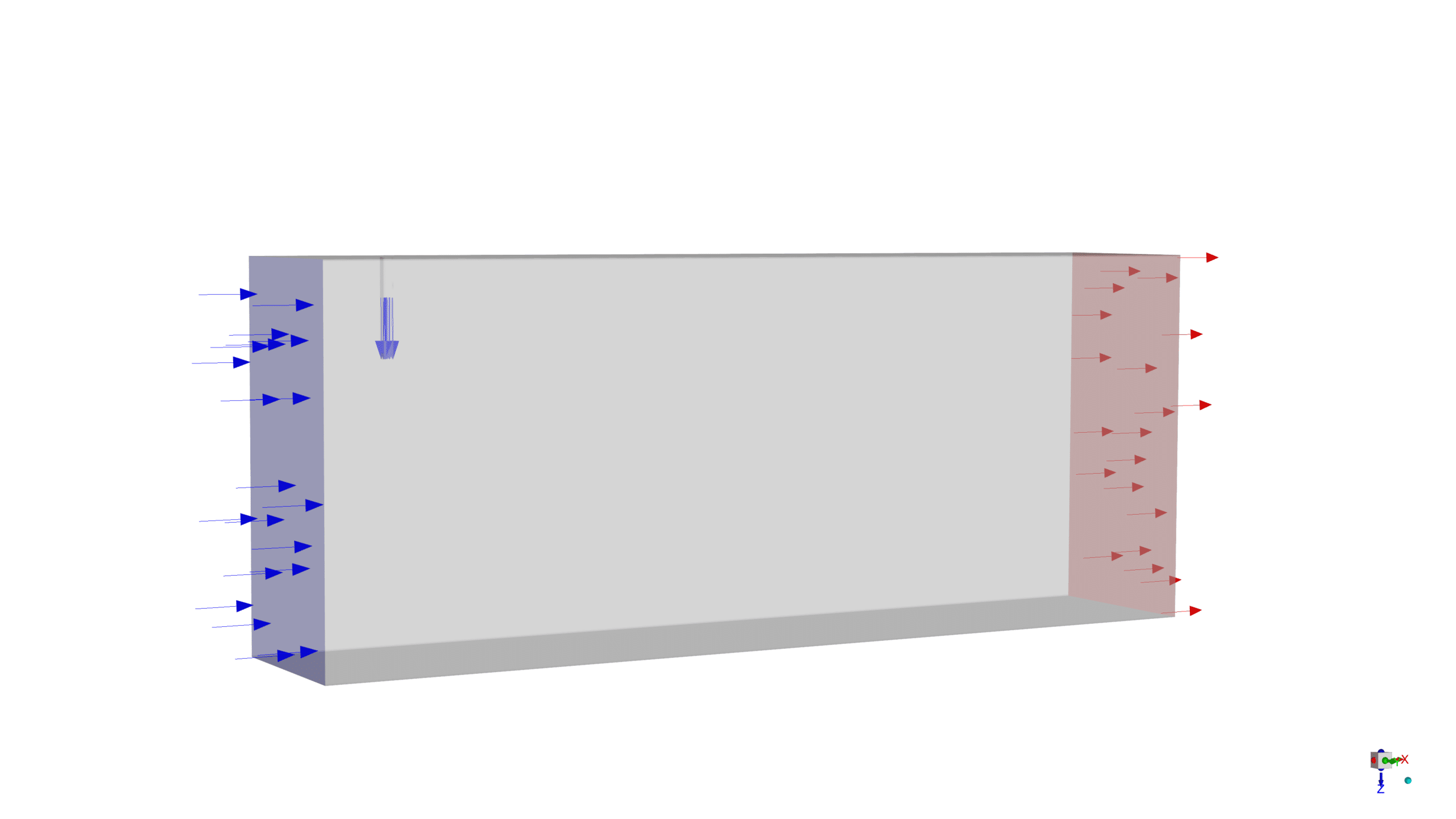
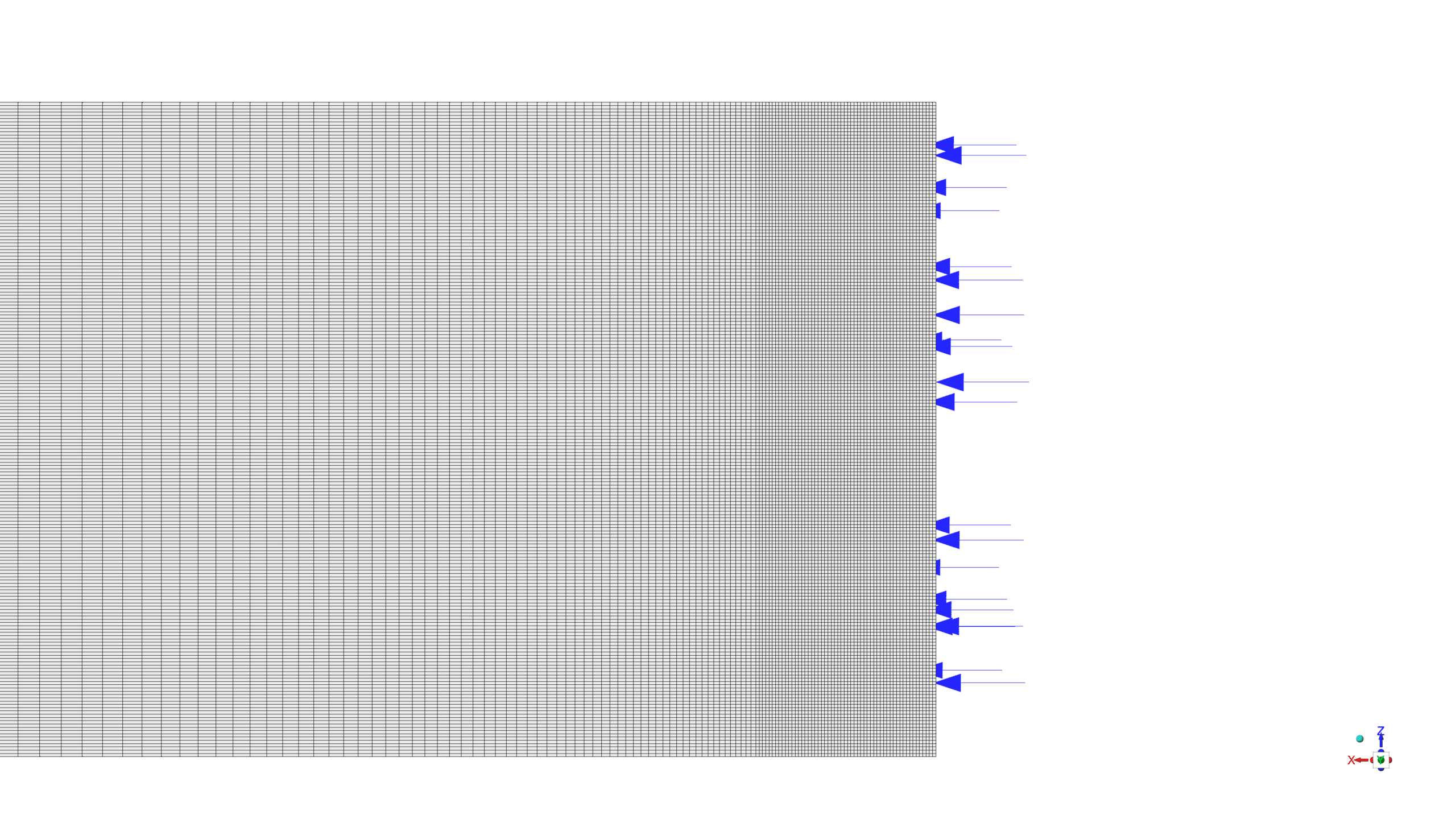
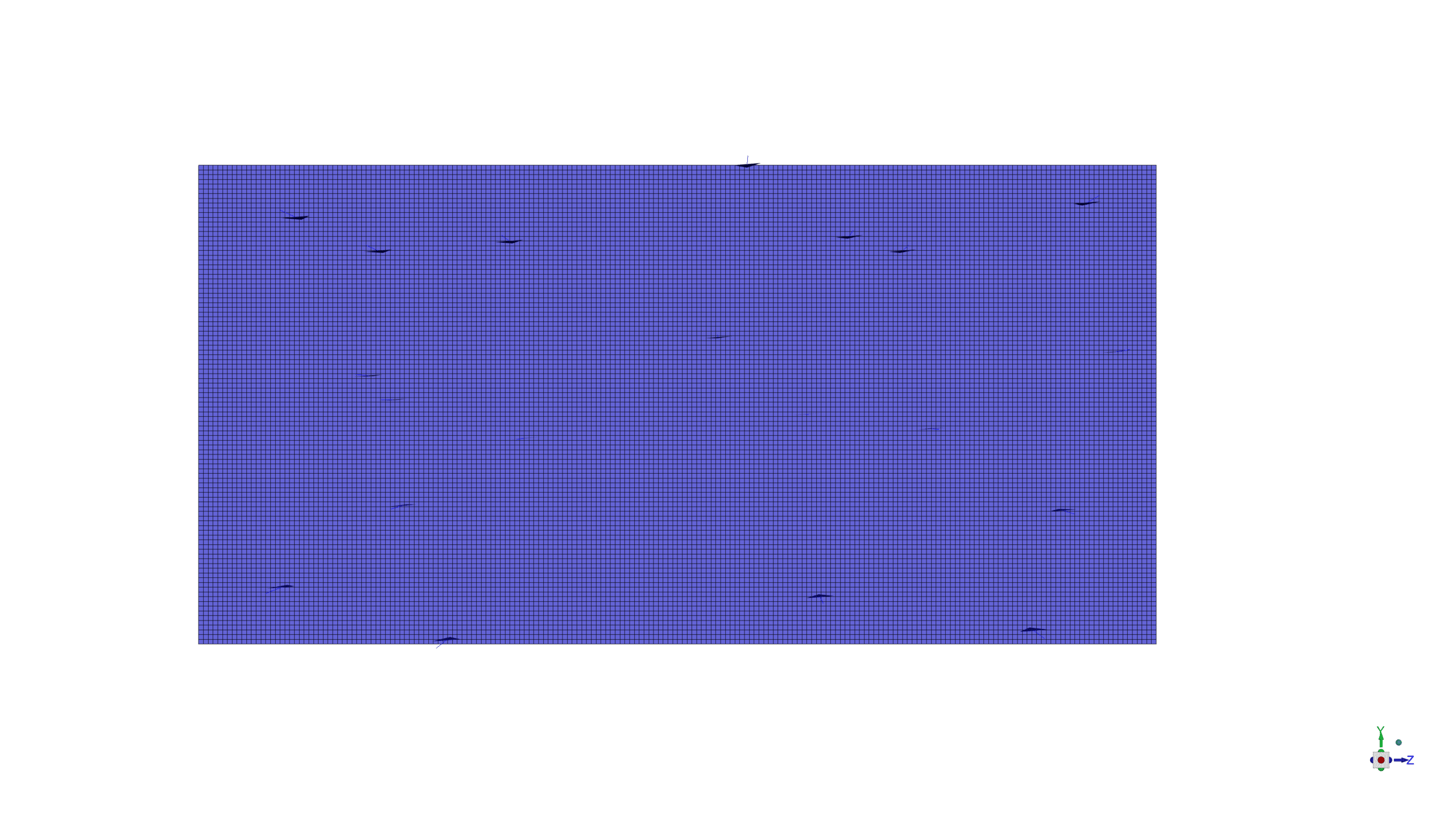
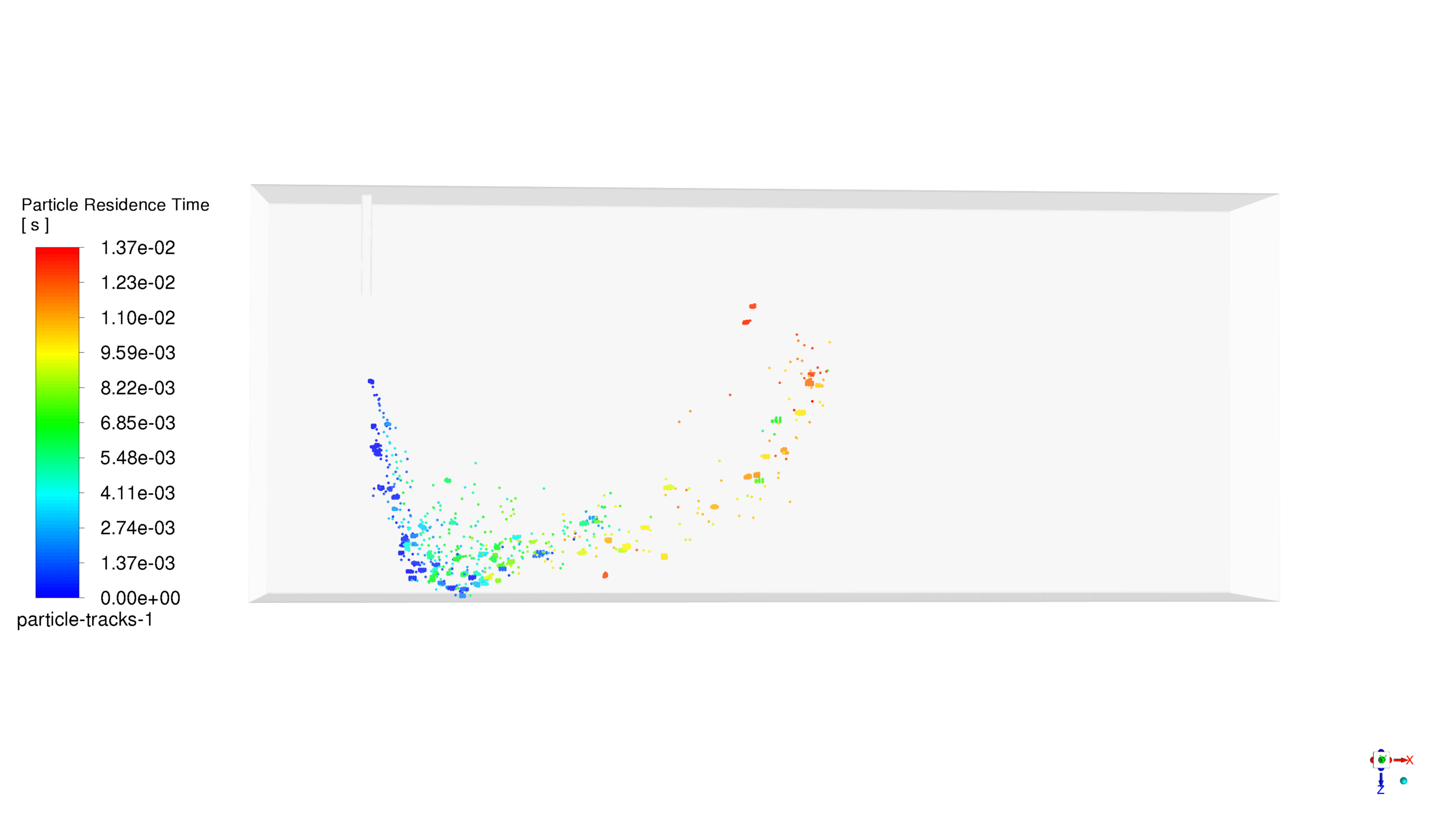
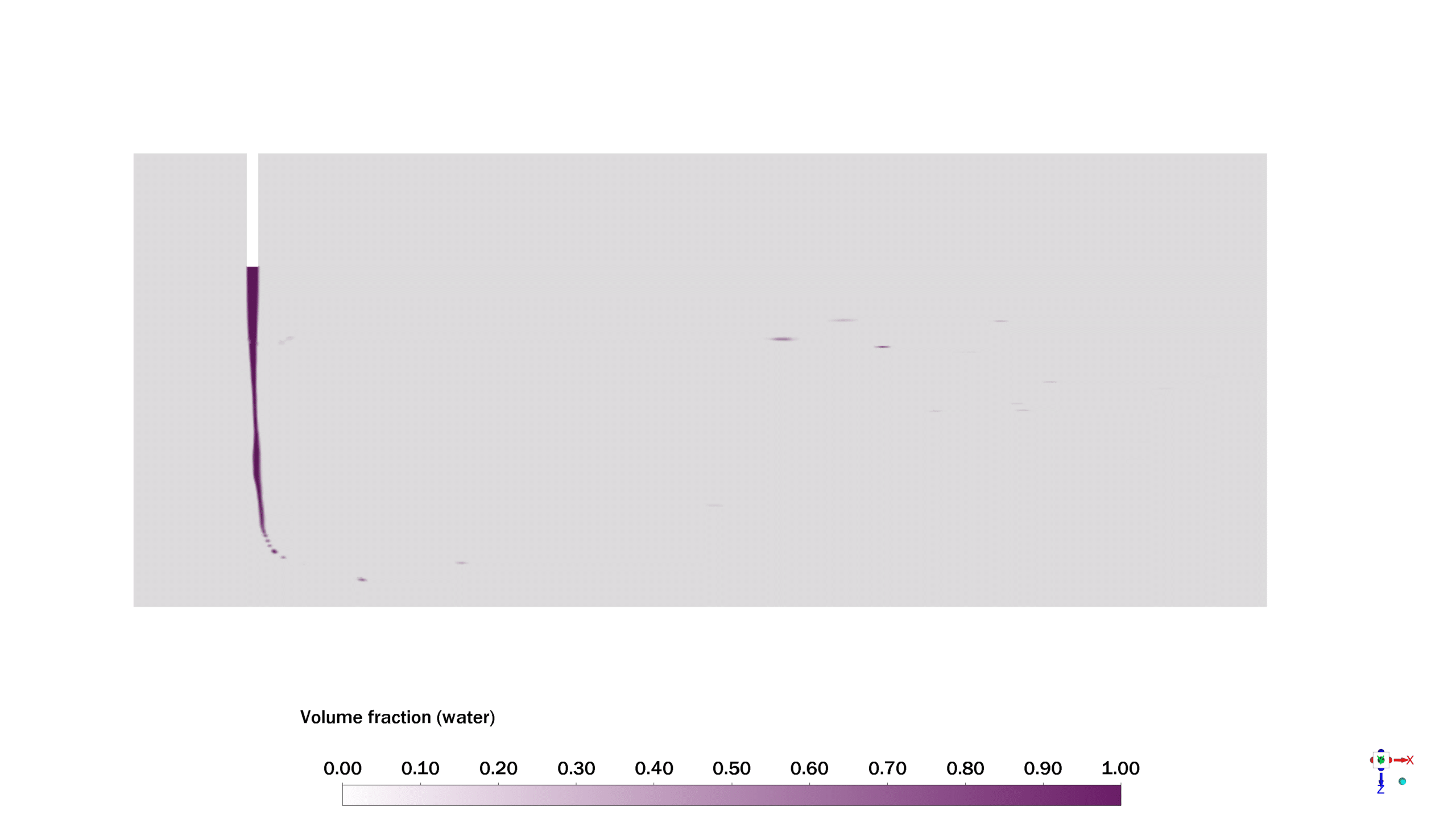
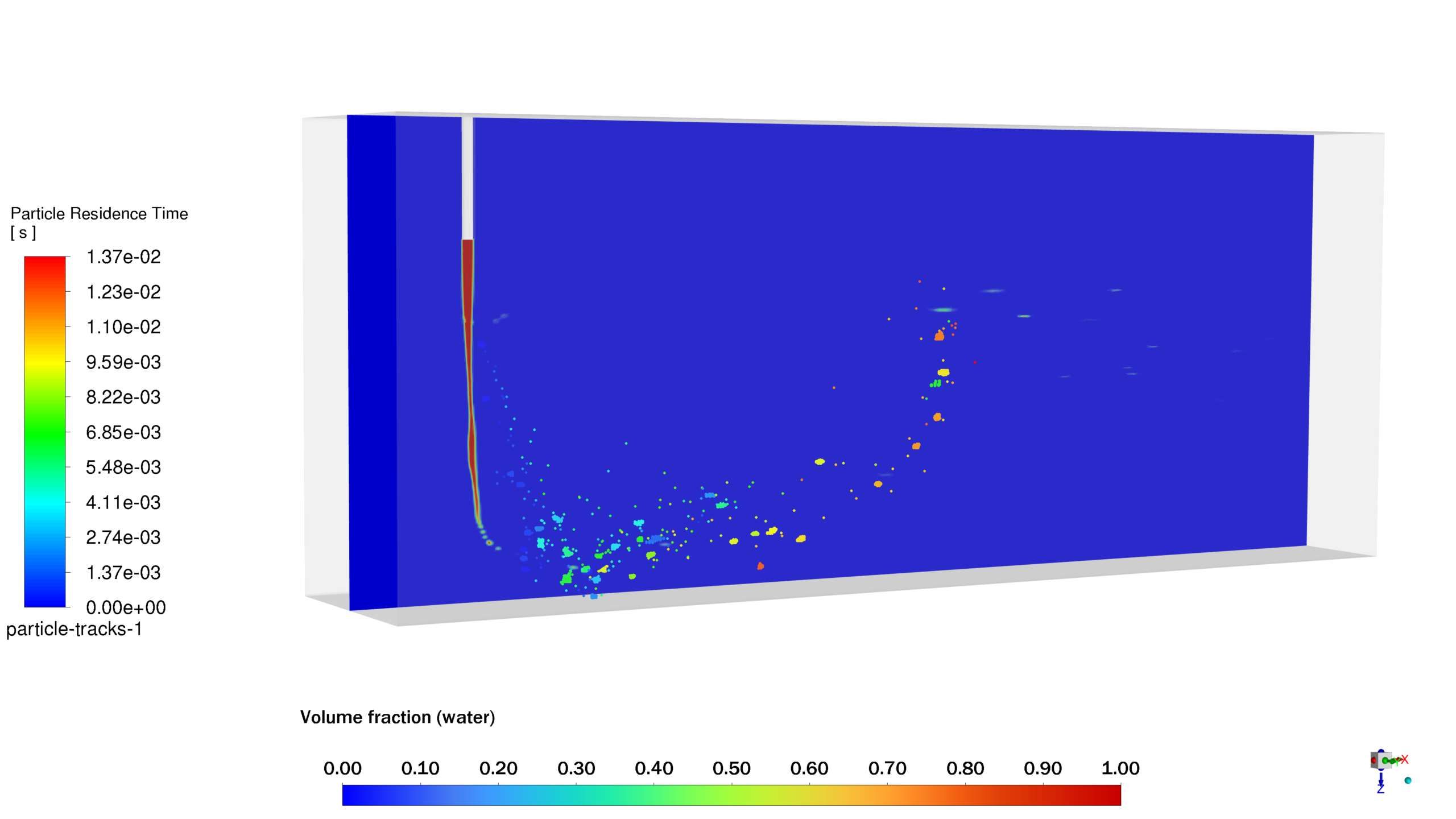

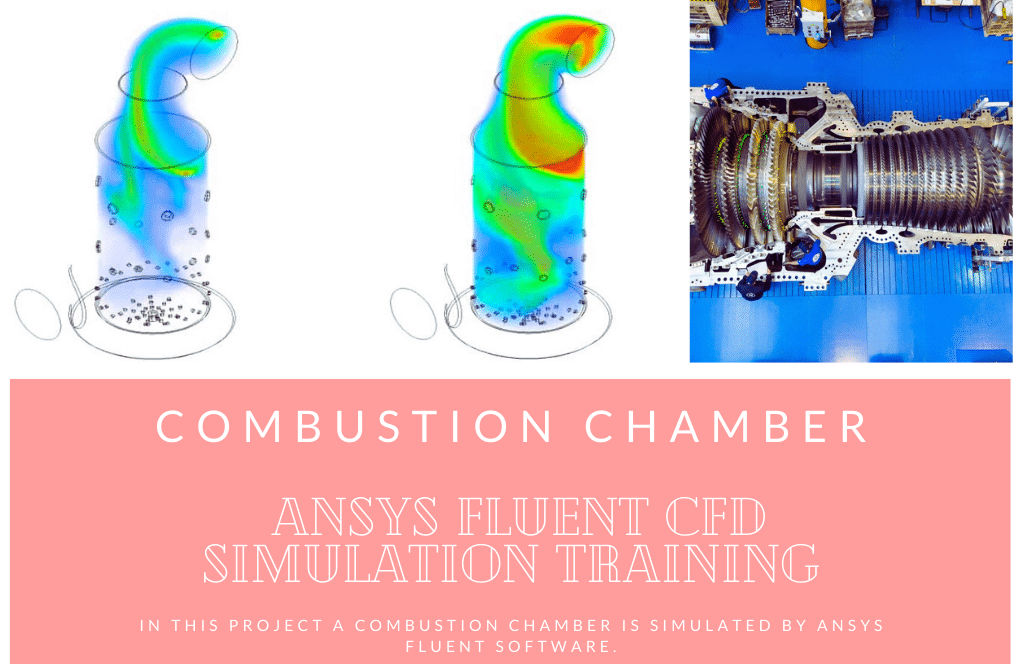
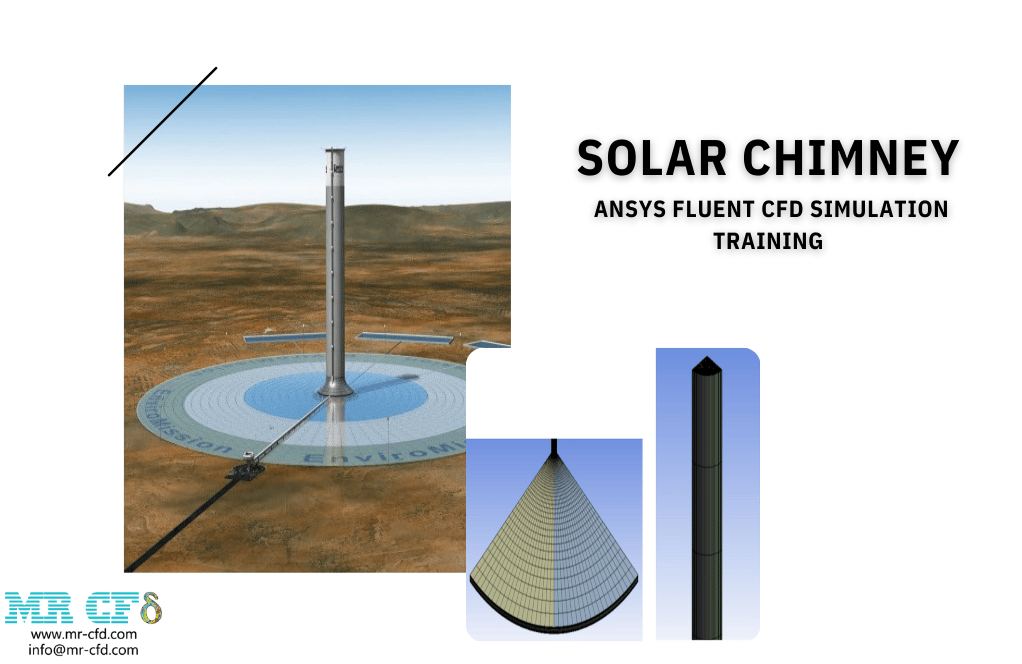

Reviews
There are no reviews yet.